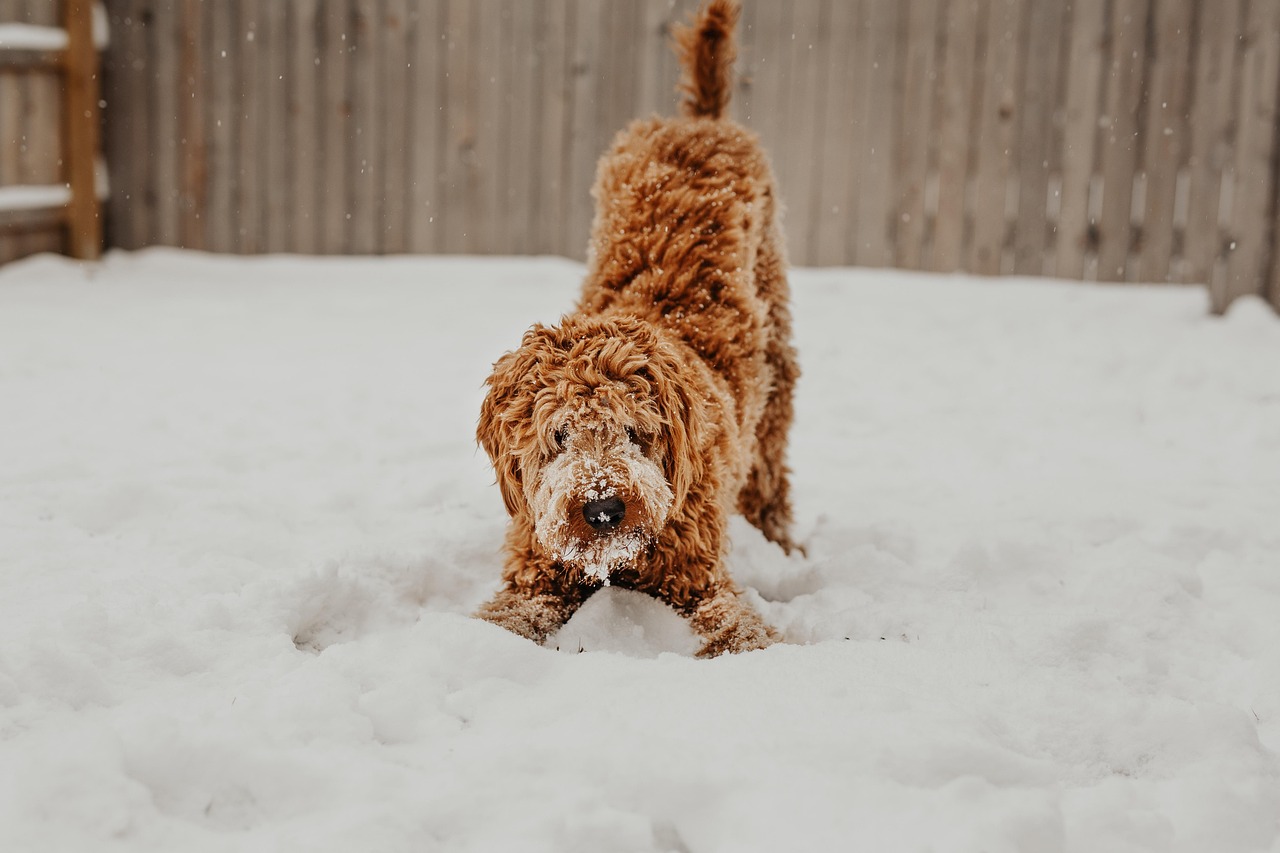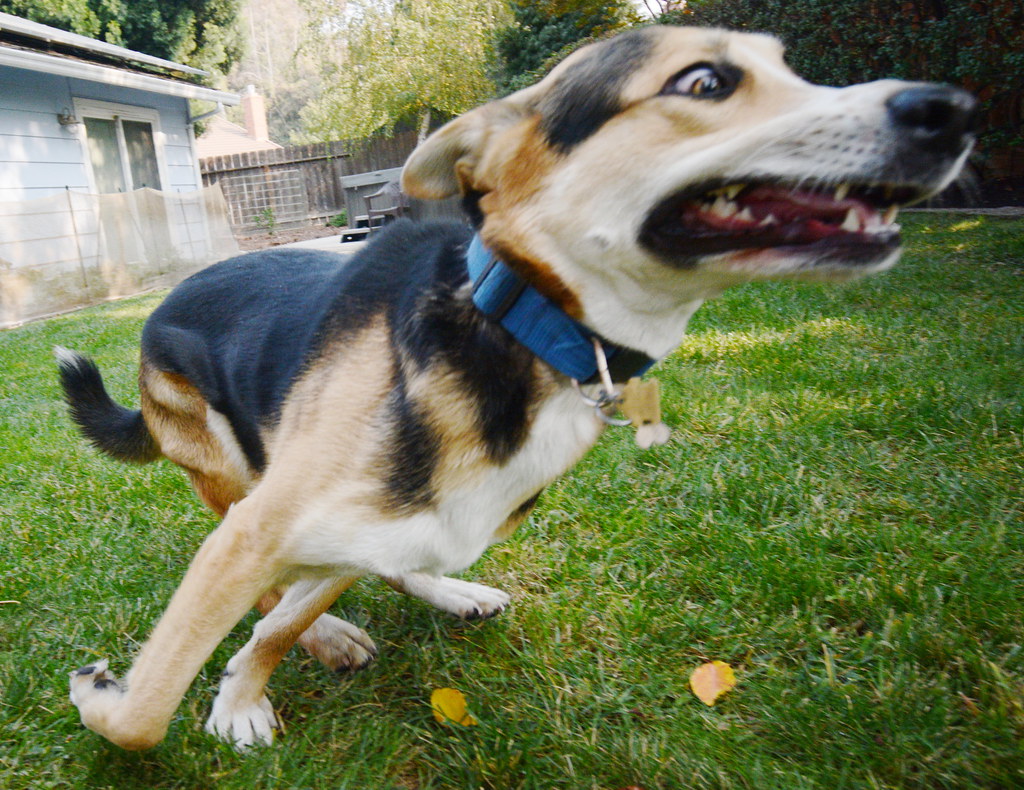Ever watched your dog dig frantically in their bed before settling down, or caught them sniffing the same spot on your morning walk for what feels like forever? These quirky behaviors might seem strange or even annoying to us humans. They’re actually deeply rooted survival instincts that serve important purposes for our furry friends.
From the circle-walking ritual before lying down to the enthusiastic tail wagging that greets us each day, dogs carry ancient wisdom in their everyday actions. Understanding these natural behaviors helps us appreciate our companions on a deeper level. So let’s dive into the fascinating world of canine instincts and discover why these habits are actually beneficial for our beloved pets.
The Pre-Sleep Digging and Circling Dance

Circling and digging for a dog is actually a very natural behavior. In the wild, a dog would have just grass and dirt to lay down on, so he would walk in a circle where he wanted to sleep to warm up the ground and stamp down any grass or plants that were in the way. This adorable bedtime ritual serves multiple practical purposes that date back thousands of years.
They would dig into the Earth to help regulate their body temperature – getting deeper into the cool Earth in hot weather and using the Earth to keep them warm during colder weather. Although these things aren’t usually hiding in the comfy beds created by our humans, the routine is entrenched in our activity as it was passed down by our ancestors. Your dog isn’t being picky about their expensive memory foam bed – they’re simply following an instinct that once meant survival.
Sniffing Everything in Sight

Dogs smell at least 10,000 times better than humans and it is through their sense of smell that they learn about the world and what is around them. Mutual sniffing among dogs is a normal way to let them learn about each other and many of the most concentrated scents are in the areas of the anus and genitals. That embarrassing butt-sniffing moment at the dog park? It’s actually your pup reading the neighborhood newsletter.
Sniffing is an integral part of a dog’s life and serves as their primary sense for gathering information about the world. While we might get impatient during those marathon sniffing sessions on walks, we’re actually witnessing your dog’s version of checking social media. They’re gathering information about who’s been in the area, what they ate, their emotional state, and so much more. This mental stimulation is incredibly enriching and helps keep their minds sharp.
Paw Licking and Self-Grooming

More often than not, dogs will lick their paws to groom themselves. So, if they’ve come in from their walk or even just from a mooch around the garden, you’ll find them preening themselves and even having a little nibble. Just like cats, dogs have their own grooming rituals that keep them clean and healthy.
Generally speaking though, licking their nose is a sign of healthy and natural dog activity. This self-care behavior helps them maintain hygiene and can even serve as a stress-relief mechanism. However, it’s important to distinguish between normal grooming and excessive licking, which might indicate allergies or anxiety. When done in moderation, this habit shows your dog is taking care of their personal hygiene naturally.
Yawning Beyond Sleepiness

In these cases, your dog may yawn as a sign that they feel relaxed and safe with you. Dr. Barrett says that a “happy yawn” from your dog will be slow and relaxed without any whining or growling. That contagious yawn you catch from your pup isn’t just about being tired – it’s often a sign of deep contentment and trust.
Yawning isn’t always about tiredness – it can be a sign of stress or an attempt to calm a tense situation. Dogs yawn to calm themselves in stressful situations. Yawning can be contagious, and dogs may yawn in response to seeing humans or other dogs yawn. This natural calming signal helps dogs self-regulate their emotions and communicate peaceful intentions to others around them.
Tail Wagging Communication

A wagging tail can tell you so much about how your dog is feeling and, combined with other body language signs, is a great communication tool. While we often assume all tail wagging means happiness, this complex form of communication actually conveys a wide range of emotions and intentions.
A [right-sided] tail wag is usually an indication of positive emotions. This kind of tail wagging is controlled by the left-brain hemisphere, which is associated with positive feelings, like feeling content, secure, and happy. A dog also uses their tail for balance and to act as a rudder when they are swimming, or when they are on uneven ground. And when they are running or chasing, dogs use their tails to help them quickly turn direction. Beyond emotional expression, tails serve practical physical functions that enhance your dog’s mobility and coordination.
The Famous Zoomies Energy Release

Zoomies even have an official name – FRAPs, which stands for frenetic random activity periods. Dogs do this to release pent-up energy, through stress or excitement. It may look crazy, but it tends to be a natural, healthy behavior for an active dog. Those wild sprinting sessions around your living room aren’t signs of your dog losing their mind – they’re actually healthy energy releases.
You may have seen your furry friend sprinting around the house or yard, jumping, and spinning in circles seemingly out of nowhere. The zoomies are often a way for dogs to release pent-up energy or express their joy and enthusiasm. It’s completely normal behavior and usually harmless, as long as your dog doesn’t accidentally knock anything over or run into any hazards. This natural behavior helps dogs discharge excess energy and excitement in a healthy way, promoting better mental and physical well-being.
Conclusion

These seemingly odd behaviors are actually windows into your dog’s rich evolutionary history and complex emotional world. From the practical temperature regulation of bed digging to the sophisticated chemical communication of scent exploration, every quirky habit serves a purpose. Understanding and appreciating these natural instincts helps us become better companions to our furry friends.
Rather than discouraging these behaviors, we can create environments that safely accommodate them while recognizing the important roles they play in our dogs’ wellbeing. The next time you see your dog performing one of these ancient rituals, take a moment to marvel at the incredible instincts they’ve inherited from their wild ancestors. What other surprising dog behaviors have you noticed that might actually be more beneficial than you thought?

Gargi from India has a Masters in History, and a Bachelor of Education. An animal lover, she is keen on crafting stories and creating content while pursuing a career in education.






